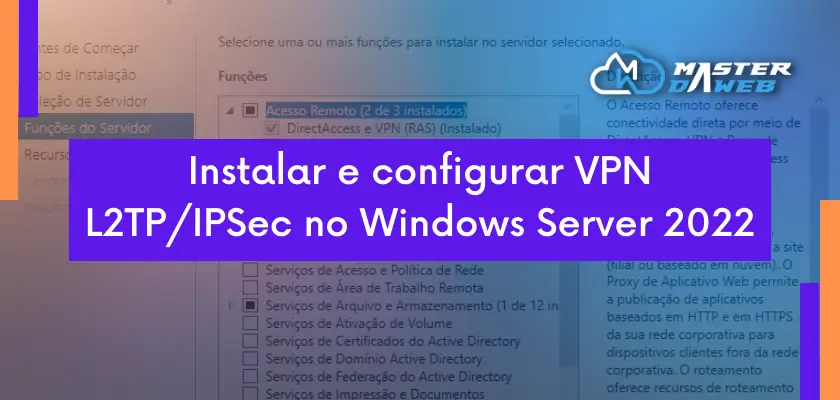Today we want to talk about how to configure a second IP address for the same network interface, yes you can put as many IPs as you want on a network interface, there are many people who believe that each interface can only have one IP address, but that’s not true, you can put as many IP addresses as you need on the same network card.
Then you might ask yourself, why would I have more than one IP on the same network interface? Well, this type of configuration can have many different uses, for example you may want certain traffic to go out via one IP, and another type of traffic to go out via another IP, in which case you can configure in the application which IP you want to use to communicate, in your network there may also be configured VLANs, in which case you can configure the IPs of each VLAN to be able to communicate with different VLANs, and so on. There may be several scenarios in which you need to have more than one IP on the same network interface.
Having said that, let’s get down to practical work, let’s set up a second IP address in the Windows operating system, I’m using Windows 11. In Windows click start menu > settings or Control Panel > Network and Internet > advanced network settings or View network status and tasks > change network adapter optionsIn different versions of Windows, the graphical interface may be different, but the path is the same. If you prefer, you can also right-click on the network settings icon, which is located in the taskbar on the right-hand side of your video.

On the screen that opens you will click on the network interface with the right mouse button, remembering that it has to be the interface that you want to configure a second IP, in my case the Wi-Fi Interface, then click on properties, in the box that opens scroll down and select the IP Protocol Version 4 (TCP/IPv4), then click on properties again, below is the image of the step-by-step access, click on the image to enlarge.

In the window that opens in the general tab, click on use following IP addressBy clicking on this option we will be assigning IP statically, yes to have more than one IP on the same interface it is necessary to assign it statically, we cannot assign two addresses dynamically using DHCP to the same network interface, all network interface configuration with more than 1 IP will have to be done statically, configure your IP address according to your network addressing, below is the image of my configuration, click on the image to enlarge

Once you have configured your first IP, click on the Advanced button, as shown in the image above. In the window that opens, you will see the IP, DNS and WINS settings tabs, where we will configure the additional IPs. click on the first add button to enter a new IP address, and if necessary click on the second add button to enter a new Gateway address, this second will be necessary if the IP address added is different from the range of the first IP Configured, if it is in the same range it is not necessary to add the Gateway, below is the image of the step by step, click on the image to enlarge.

If you also want to add DNS servers, configure them in the DNS tab, in the same way as you configured them in the IP Settings tab, click ok to confirm your settings, this way you will have configured additional IPs for the same network interface.
To learn how to make this configuration on Linux Ubuntu and CentOS 7, check out the two posts below, just click on the image.












